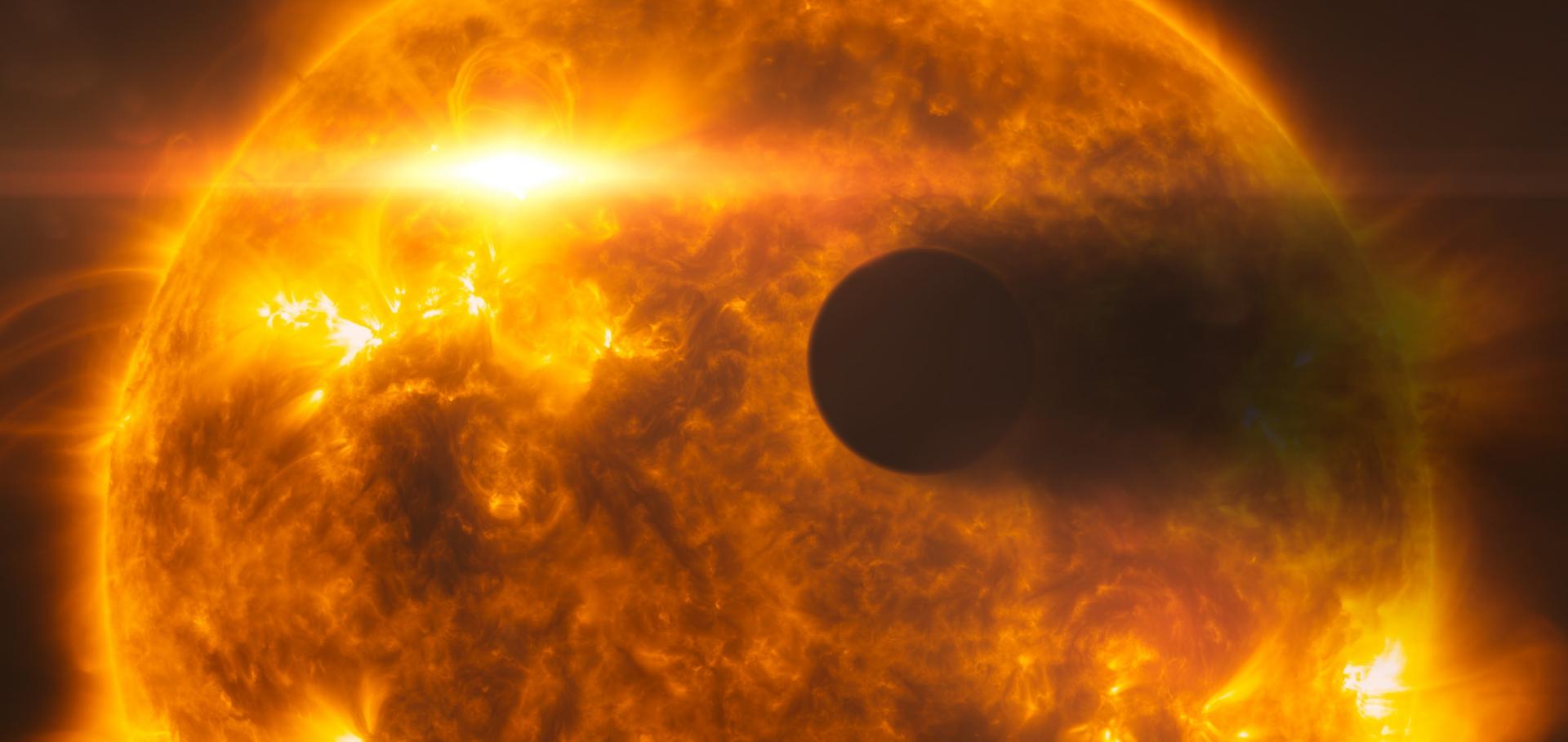Rotation in the Pleiades With K2: III. Speculations on Origins and Evolution
(2016)
NEW PLEIADES ECLIPSING BINARIES AND A HYADES TRANSITING SYSTEM IDENTIFIED BY K2
ASTRONOMICAL JOURNAL 151:5 (2016) ARTN 112
K2SC: Flexible systematics correction and detrending of K2 light curves using Gaussian Process regression
(2016)
Telling twins apart: Exo-Earths and Venuses with transit spectroscopy
(2016)


